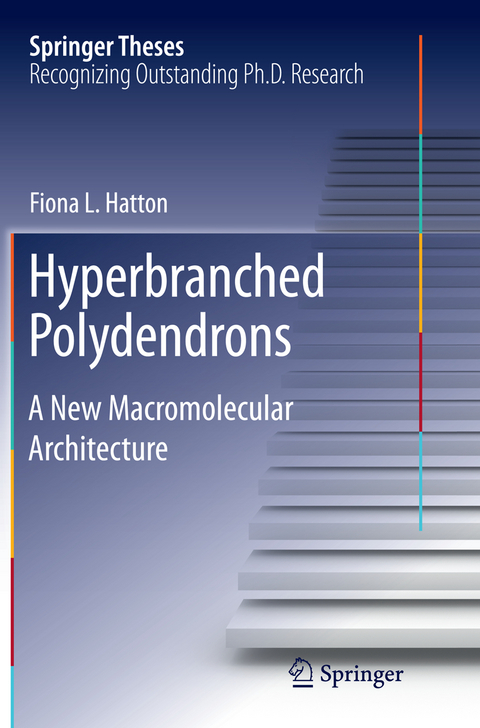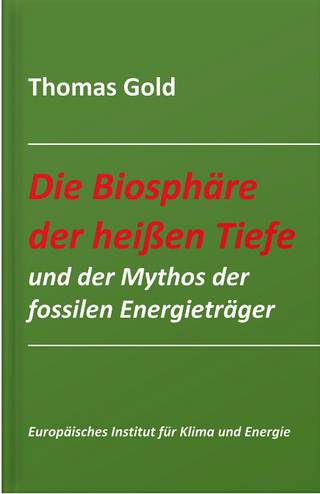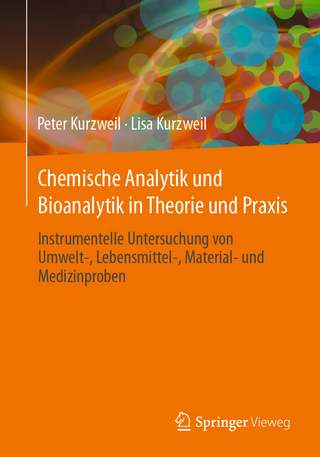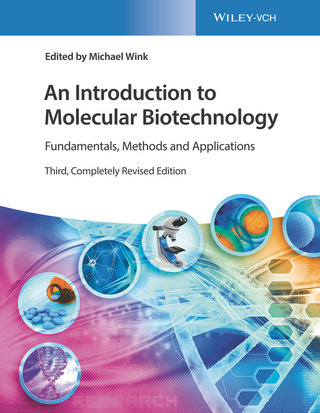
Hyperbranched Polydendrons
Springer International Publishing (Verlag)
978-3-319-36979-2 (ISBN)
Dr. Fiona L. Hatton obtained a 1st class MChem degree in medicinal chemistry and pharmacology from the University of Liverpool, UK, 2010. She received her PhD in 2014 from the same university, under the supervision of Prof. Steve Rannard, specializing in polymer chemistry, more specifically hyperbranched polydendrons. Fiona joined the division of Coating Technology, KTH Royal Institute of Technology, Sweden in 2014 as a postdoctoral researcher working for associate professor Anna Carlmark.
Introduction.- Synthesis and characterisation of hyp-polydendron materials and subsequent anoparticle formation.- Mixing dendron and PEG initiators for the polymerisation of branched pHPMA and aqueous nanoparticle formation.- Mixing dendron and PEG initiators for the polymerisation of branched pHPMA and formation of sterically stabilised nanoparticles.- Hyp-Polydendrons; studies of nanoprecipitation behavior.- Conclusions and Future work.- Experimental.
| Erscheinungsdatum | 14.10.2016 |
|---|---|
| Reihe/Serie | Springer Theses |
| Zusatzinfo | XXII, 260 p. 218 illus., 9 illus. in color. |
| Verlagsort | Cham |
| Sprache | englisch |
| Maße | 155 x 235 mm |
| Themenwelt | Medizin / Pharmazie ► Pharmazie |
| Medizin / Pharmazie ► Studium | |
| Naturwissenschaften ► Biologie ► Biochemie | |
| Naturwissenschaften ► Chemie ► Organische Chemie | |
| Naturwissenschaften ► Chemie ► Physikalische Chemie | |
| Technik | |
| Schlagworte | Atom transfer radical polymerization • biochemistry • Chemistry • Chemistry and Materials Science • Controlled radical polymerisation • Dendritic polymer hybrid • Drug Delivery • Encapsulation of guest molecules • Hyperbranched polydendron • medicinal chemistry • nanochemistry • Nanoparticle Formation • nanotechnology • polymer chemistry • Polymeric Nanoparticles • Polymer sciences • Self-Assembly |
| ISBN-10 | 3-319-36979-2 / 3319369792 |
| ISBN-13 | 978-3-319-36979-2 / 9783319369792 |
| Zustand | Neuware |
| Haben Sie eine Frage zum Produkt? |
aus dem Bereich


